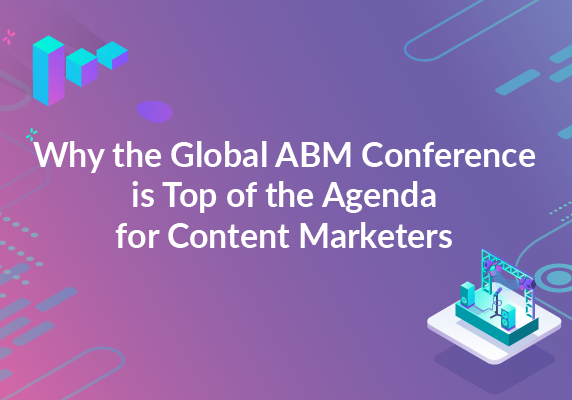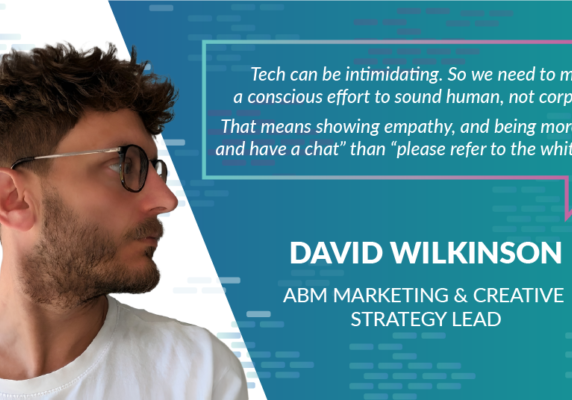Navigating SEO: How Optimised Websites Boost Visibility and Traffic for SMEs
In the current digital landscape, online invisibility is a cost few businesses can afford. With vast competition across every sector, simply having a website is no longer sufficient. To stand out and thrive, Small and Medium Enterprises (SMEs) must effectively understand and utilise Search Engine Optimisation (SEO). SEO is the key to unlocking the potential of online visibility and driving sustainable traffic to SME websites. In this post, we explore the critical significance of SEO for SMEs and how fully optimised websites enhance both visibility and revenue.

Understanding SEO:
First, a few basic words about SEO; SEO is the process of optimising a website to rank higher in search engine results pages (SERPs) organically. When users search for relevant keywords related to a business or its offerings, search engines like Google, Bing, or Yahoo crawl through millions of web pages to deliver the most relevant and valuable results. SEO involves various strategies and techniques to ensure that a website appears prominently in these search results.
Importance for SMEs:
For SMEs operating with tighter budgets, SEO offers the highest return on investment. Unlike paid advertising, where visibility vanishes the moment you stop paying, an optimised website builds compounding value over time. The value of organic ranking is undeniable. Recent data reveals that 94% of clicks on Google go to organic results, while only 6% go to paid advertisements (Digital Silk). Furthermore, organic search drives 1,000% more traffic than organic social media efforts (HigherVisibility), making it a far more reliable channel for long-term growth.
Boosting Visibility:
Optimising a website for SEO involves several fundamental aspects:
- Keyword Research: Identifying relevant keywords and phrases that potential customers are likely to use when searching for products or services offered by the SME. Keyword research forms the foundation of SEO and helps in creating targeted content.
- On-Page Optimisation: This includes optimising meta titles, meta descriptions, headings, URL structures, and internal linking within the website. On-page optimisation ensures that search engines can understand the content and context of each page, improving its visibility in search results.
- Content Quality: High-quality, informative, and engaging content is crucial for SEO success. Creating valuable content not only attracts visitors but also encourages other websites to link back to the SME’s website, enhancing its authority and credibility in the eyes of search engines.
- Mobile-Friendly Design: With the increasing use of mobile devices, having a responsive website design is essential for SEO. Search engines prioritise mobile-friendly websites in their rankings, ensuring a seamless user experience across different devices.
- Page Speed: Slow-loading websites are penalised by search engines, leading to lower rankings and poor user experience. Optimising page speed by minimising server response times, compressing images, and leveraging browser caching can significantly improve SEO performance.
Driving Traffic Through Optimisation:
A well-optimised website not only improves visibility but also attracts targeted traffic through various channels:
- Organic Search: Ranking higher in organic search results drives qualified traffic to the website. Users tend to trust organic listings more than paid advertisements, resulting in higher click-through rates and conversions.
- Local SEO: For SMEs targeting local customers, optimising for local search is essential. This involves creating and optimising Google My Business listings, local citations, and obtaining positive reviews to enhance visibility in local search results.
- Content Marketing: Creating valuable and shareable content not only improves SEO but also attracts traffic through social media shares, backlinks, and referrals. Content marketing efforts such as blogging, infographics, videos, and eBooks can drive continuous traffic to the website.
- Social Media: Leveraging social media platforms to promote content and engage with the target audience can drive traffic back to the website. Sharing blog posts, product updates, and special offers on social media channels can amplify visibility and reach.
- Email Marketing: Building an email list and sending regular newsletters or promotional emails can drive repeat traffic to the website. Including links to relevant pages or blog posts within emails encourages subscribers to visit the website and explore further.
SEO plays a pivotal role in enhancing the online visibility and driving traffic for SMEs. By implementing effective SEO strategies and best practices, SMEs can compete with larger competitors and reach their target audience effectively. Investing time and resources in optimising their websites for SEO yields long-term benefits, including increased brand awareness, higher website traffic, and ultimately, improved business growth and profitability. Therefore, for SMEs looking to thrive in the digital landscape, navigating SEO is not just an option but a necessity.







